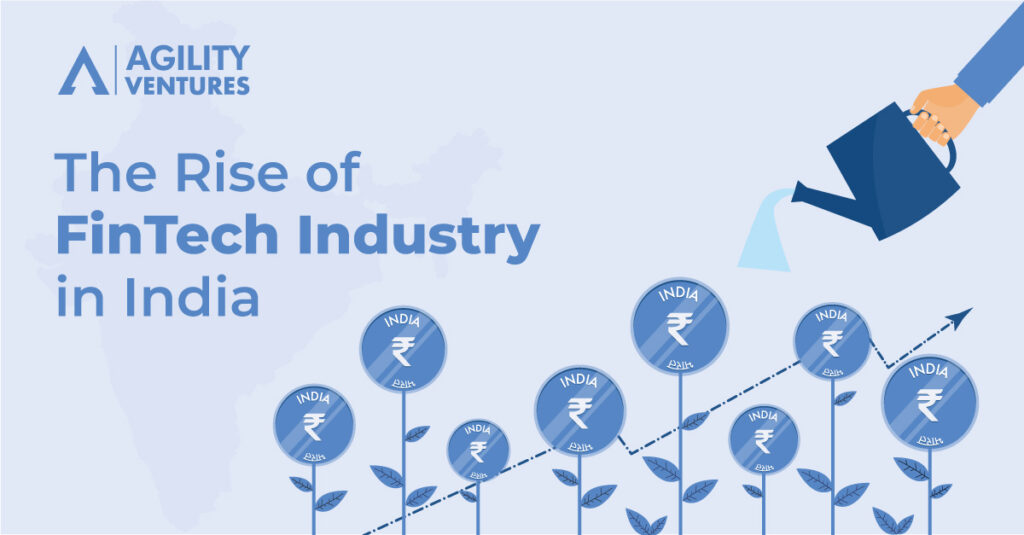Have you ever wondered what leads investors to invest in a startup? What is that secret recipe that persuades investors to trust in an idea? Well, the main recipe includes many things and the fundamental ingredient is the pitch deck. A pitch deck is a presentation that founders or entrepreneurs form to pitch their idea to the investors while seeking funding. Founders typically need two sets of the pitch deck. One pitch deck contains all the information and is sent via email. Another pitch deck is presented to investors in person and contains graphs and numbers. Creating a pitch deck is not an easy task. However, if one becomes successful in creating a pitch deck, it becomes easier to secure funding. Therefore, it becomes crucial to construct such a pitch deck that stimulates the interest of the investors. Technically, there are two aspects of a pitch deck. The first aspect talks about what a good pitch deck should contain. The second aspect talks about the specifics of the deck as a good presentation. What a good pitch deck should contain depends on the company and the product. However, we believe that the following pointers should be a part of every pitch deck.
- Problem: This section talks about the problem that the product wants to solve. Problem is not necessarily a new issue that has arisen. It can be the painful gap felt to many, which the product is trying to solve. It can also be laid out how an existing product is inefficient. This section must make the investors realize that the problem is serious and worth their consideration in terms of time and money. This section is important as it anchors the attention of potential investors. Some startups secure their funding after just listening to the problem because the investors can relate to that.
- Solution: Solution is simply the product that one is offering to solve the problem existing in the market. The idea should be communicated clearly on how the solution is solving the problem. It must also emphasize the timing of the product. It must show that why is it necessary to invest in the product now rather than a year or two later. This section is also as important as the ‘problem’ and must be clear and grab the potential investors’ attention in a jiffy.
- Product: Now, the curtains open up and the actual product is described. Here the product must be shown in action. Photos can be shown for this. Testimonials can also be added to show how many existing clients love your product.
- Traction: Traction refers to the progress of the startup and the momentum at which it grows as the market develops. Without enough traction, sales can dry up and the startup can do go down the drain. There are no standards to measure traction, however, different businesses can determine metrics to get an idea. For example, revenue, customer base, customer response are the most common traction measures. In this section, all the important numbers are shown making investors believe that they are investing in
the best promising opportunity. - Competitors: It is always a good idea to show that who other players in the field are. In this section, slides can be added comparing your product with that of the competitors. Financials can also be compared. Their valuations can also be shown. This all is done to help investors evaluate the competitiveness of the product in the real market scenario.
- Market: Market is extremely critical for the investors as it gives them an idea of how much return they can earn when they want to dissolve their stake. Generally, investors look at a 10x return on their investment when they exit the startup and this can be provided in a growth-oriented market only. Here, a graph showing the potential market growth can be added. A chart can also be added showing the market analysis in terms of Total Available Market or TAM ( total market demand for a product), Serviceable Market Demand or SAM (portion of TAM targeted by the particular product), and Serviceable Obtainable Market or SOM (portion of market that can be captured).
- Marketing Plan: A marketing plan can define how one is planning to reach out to the existing customers. It must show how they are going to persuade the customers to buy their product. It must also show the distribution process and the medium through which they want to sell the product. So, some major advertising, selling, and distribution strategies can be displayed, which minimizes the
cost and maximizes the revenue and profit. - Financials: Financials is about the very numbers that every investor is interested in. Cost projections, profit projections, return projections, etc. must be clearly shown. Though the projections can never be precise, it gives investors an idea of the direction in which the startup is moving. Generally, three to five years’ projections are shown through charts and graphs.
- Team: For investors, the team matters the most. It has often been said that it is good to invest in an average idea backed by a brilliant team rather than investing in a brilliant idea by an average team. It is so because ultimately it is the people, the experts, who turn the idea into a viable product. Therefore, it is necessary to convince people that you have the best people on the board and they will go to the ends of the earth to ensure that positive returns are generated on their investment. This can be done by providing a snapshot of the leadership team’s background and achievements.
- Capital Requirements: Along with financials, it is also necessary to provide details on how much amount is already being raised and how much the startup is planning to raise. Nature must also be specified, whether it is equity or debt. This section can also show what amount the startup is willing to raise from this particular round of funding. The amount can be written in the form of a range.
- Conclusion: It is the final slide ending the presentation. Here, contact details can be mentioned. Links to the social media pages can also be provided if any. Interested investors will always like to check social media to get a better idea. Some other points can also be included regarding expansion plans, business models, or any other details that may be of importance to the investors.
We must always be mindful that a good pitch deck must be clear, precise, and concise. It must not be wordy. It must be easy to understand. When it is being presented, it must be engaging enough so that the investors do not lose their interest mid-way. It must also be compelling enough to act. While sitting there, the potential investors must feel a sense of confidence that they are looking at tomorrow’s corporate giants and the startup is worth investing in.
For any other queries regarding pitch deck, please feel free to reach out to us at [email protected]. We all will be happy to help you out in any possible manner.



